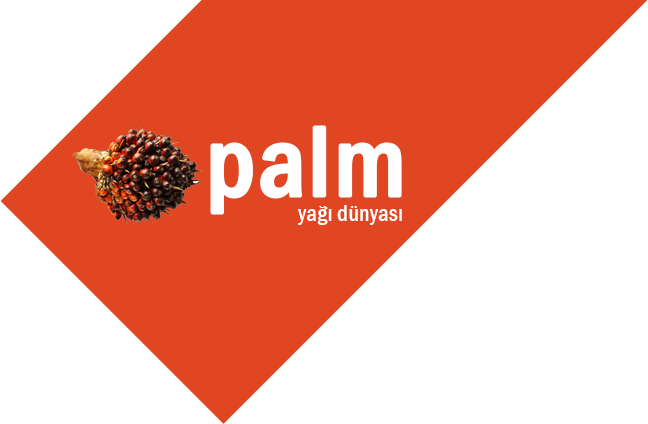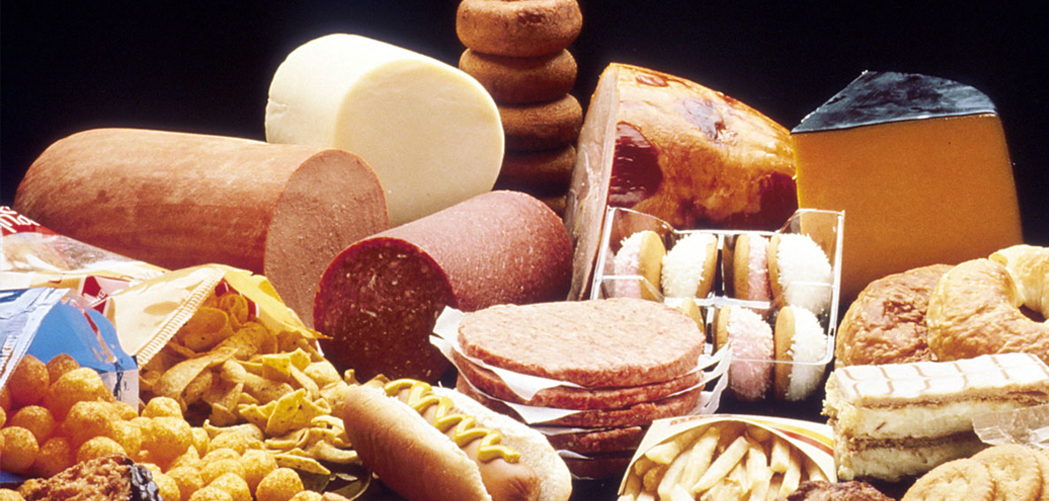Why does palm oil still dominate the supermarket shelves?
There are few viable alternatives to palm oil. It is cost effective and a major income source for developing countries
In the 1940s, if a Briton hoped to include some butter or shortening in their diet they were subject to a strict set of government-imposed rations: two ounces of butter and four ounces of cooking fat per week per adult. Contrast that to today, where the products in high street supermarkets are full of cheap, mass-produced vegetable-based fats such as palm oil, soya bean oil and rapeseed oil. The most dominant of these fats is palm oil, with the WWF estimating that, from the biscuit to the soap aisle, 50% of packaged items in the grocery store now contain the ingredient.
So how did palm oil become such a widely used commodity? It was 1954 when the then-minister of food in Britain ended rationing and all food products became free-market commodities. According to Kurt Berger, a food technologist who formerly worked at major British food manufacturer J Lyons & Co, around that time research laboratories began experimenting with a new ingredient.
“One of our suppliers in Malaysia said there’s this new ingredient that’s good for frying as well as in pastries, cakes and ice cream,” Berger explains. “We tried [palm oil] out and found that not only was it technically useful, but also economically beneficial.”
Palm oil’s technical utility comes from its high melting point. Since palm oil is semi-solid at room temperature, it has a variety of uses from baking products and spreads to frying. Though animal fats also have this quality, they are far more expensive to produce.
The commodity’s cheap production cost stems from the fact that the palm plant essentially offers a two-for-one deal. Similar to a plum, both the fleshy outer part and inner stone provide usable oil (the latter referred to as palm kernel oil). The components can then be separated for different uses.
“Between the [flesh and the stone] the palm plant is about 10 times as productive as a plant like a soya bean or a rapeseed,” Berger says. “In a world that is short of food, having a plant that is as productive as that is a significant benefit.”






Leave a Reply